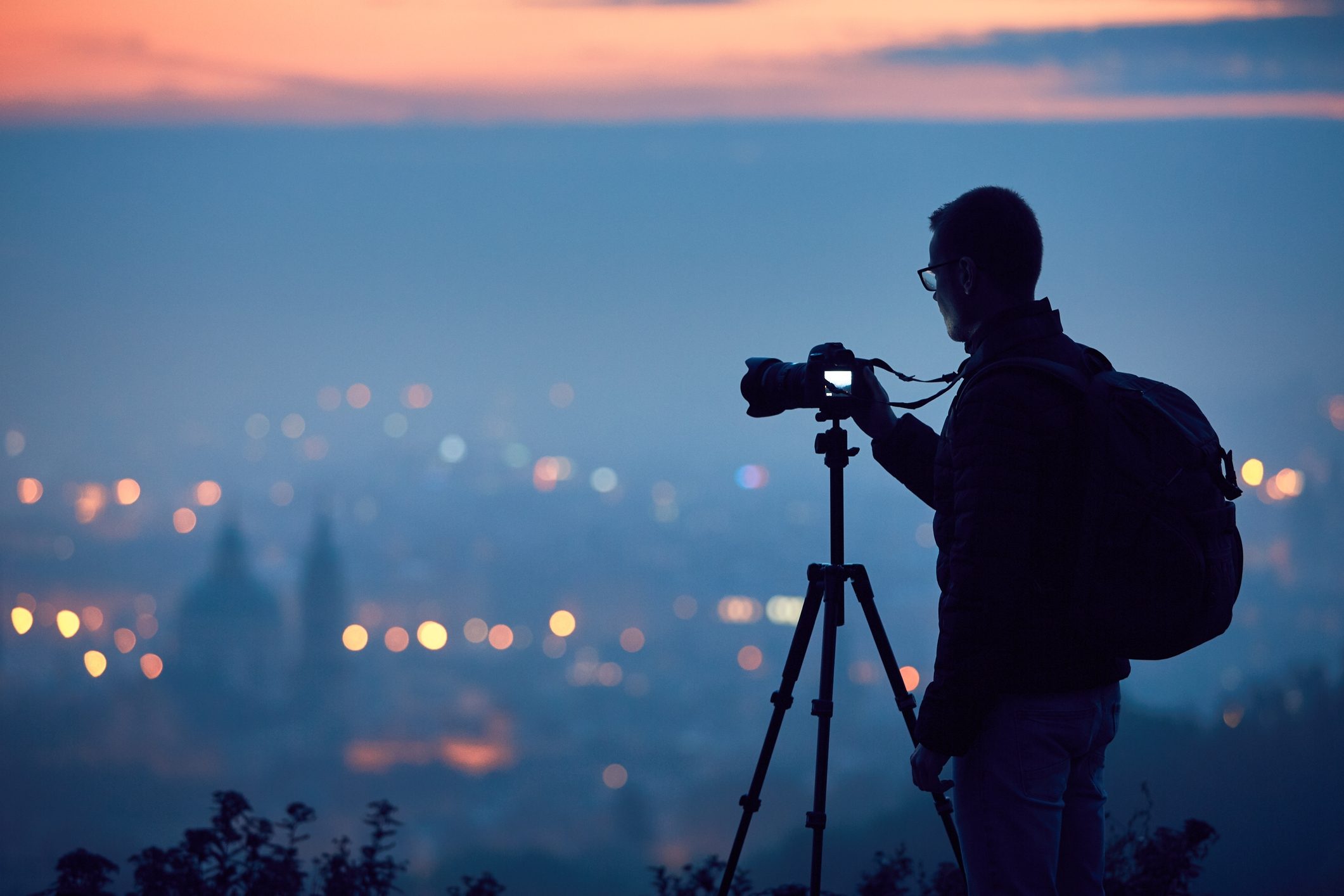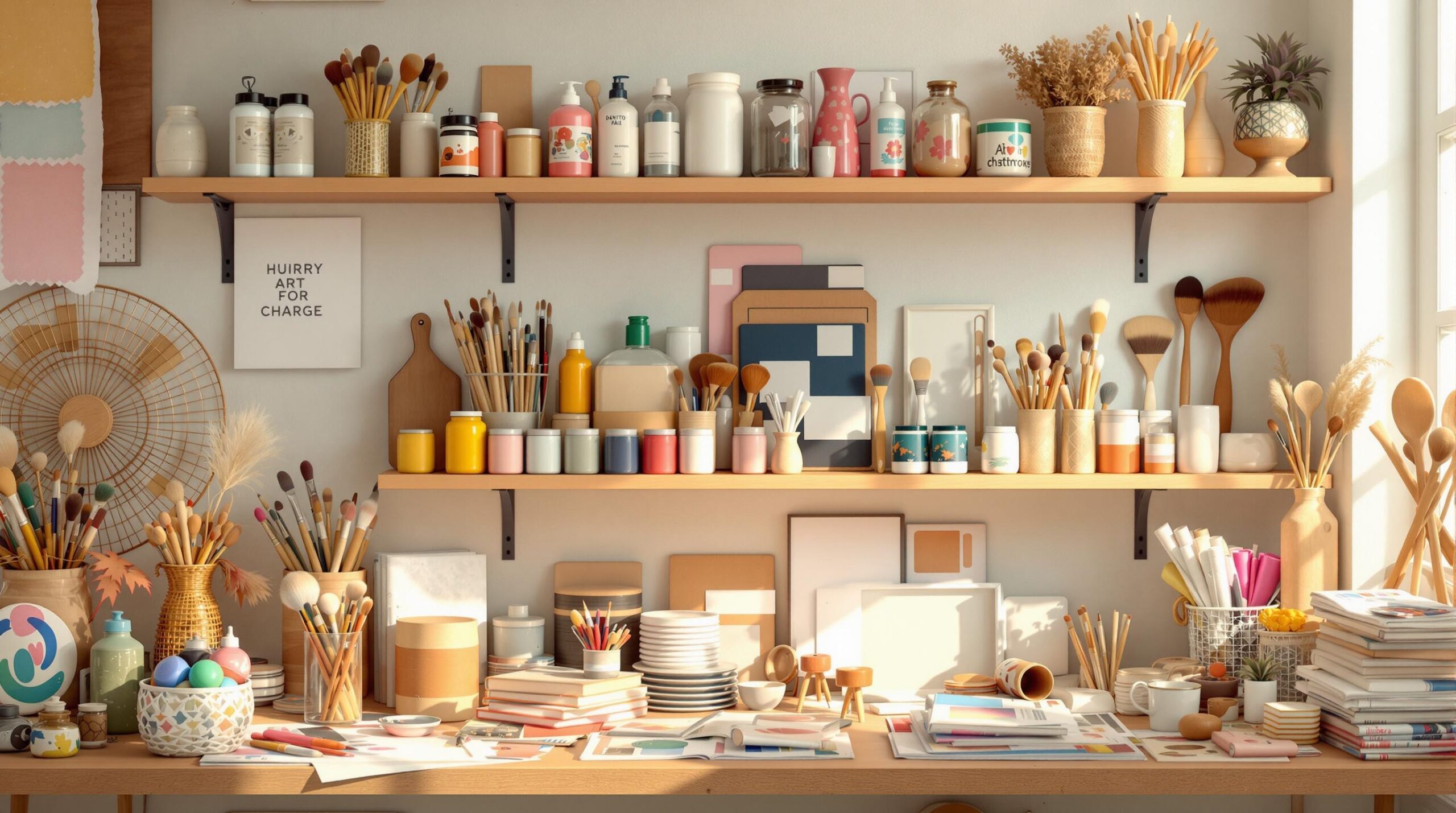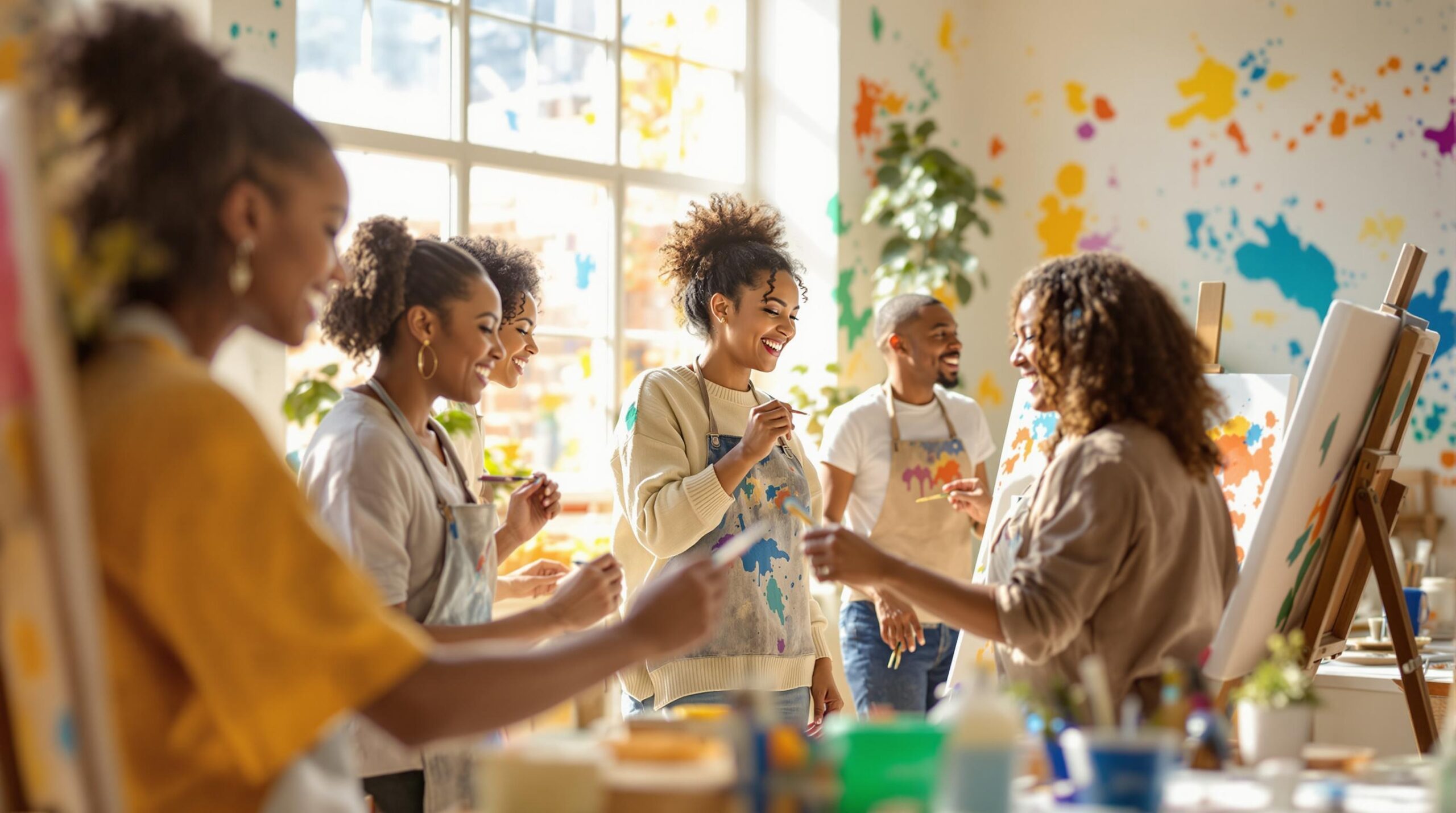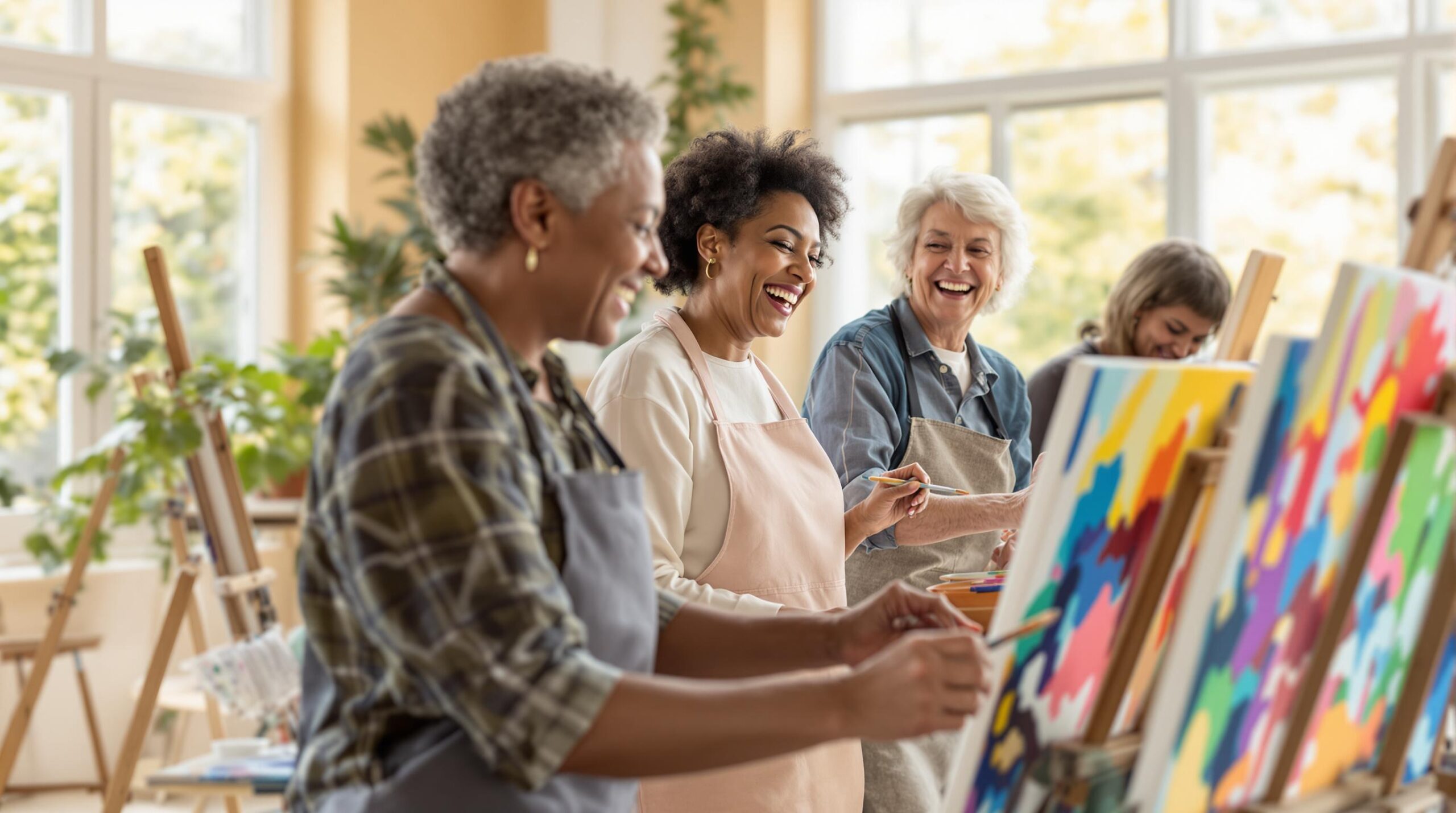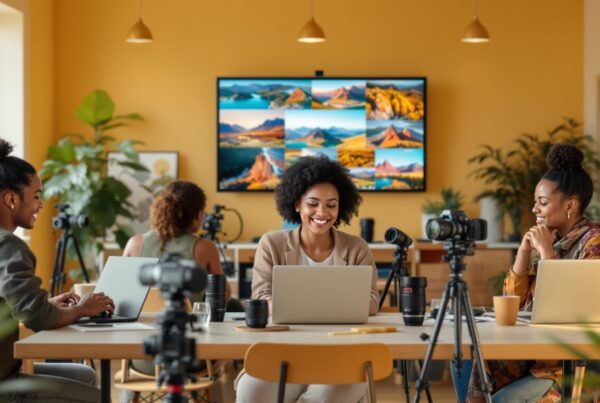Hey there, photography newbie! Ready to dive into the world of beginner photography techniques? You’re in for a treat. Whether you’ve just picked up your first camera or you’re looking to level up your smartphone snaps, this guide’s got you covered. We’ll walk through everything you need to know, including basic photography tips, to start capturing stunning images that’ll make your mates go “Wow!”
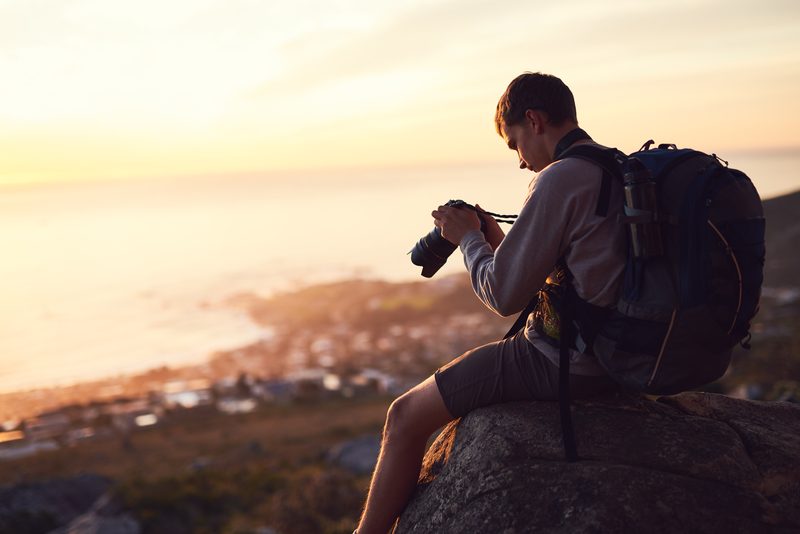
Why Photography? It’s More Than Just Pretty Pictures
Let’s kick things off with why photography is such a brilliant hobby. It’s not just about taking nice photos – it’s about seeing the world differently.
Ever noticed how photographers seem to spot things others don’t? That’s because photography trains your eye to notice details, colours, and compositions in everyday life. It’s like putting on a pair of magic glasses that make the world look more interesting.
Preserving Memories
Think about it – photos are like time machines. They freeze moments you can revisit whenever you want. That sunset on your holiday, your nan’s 80th birthday party, or just a random Tuesday when the light hit your coffee cup just right – all captured forever.
Expressing Yourself
Photography is an art form, plain and simple. It’s a way to show others how you see the world. Your unique perspective comes through in every shot you take.
Meeting New People
Get into photography, and you’ll find yourself part of a whole community. From local camera clubs to online forums, you’ll meet loads of like-minded folks who love chatting about gear, techniques, and their latest shots.
Getting Started: What Gear Do You Really Need?
Right, let’s talk kit. The good news? You don’t need to re-mortgage your house to get started. While having high-quality camera equipment can enhance your photography, it is not the most important factor. Creativity, skills, and enjoyment in photography are far more significant than the specific gear you use.
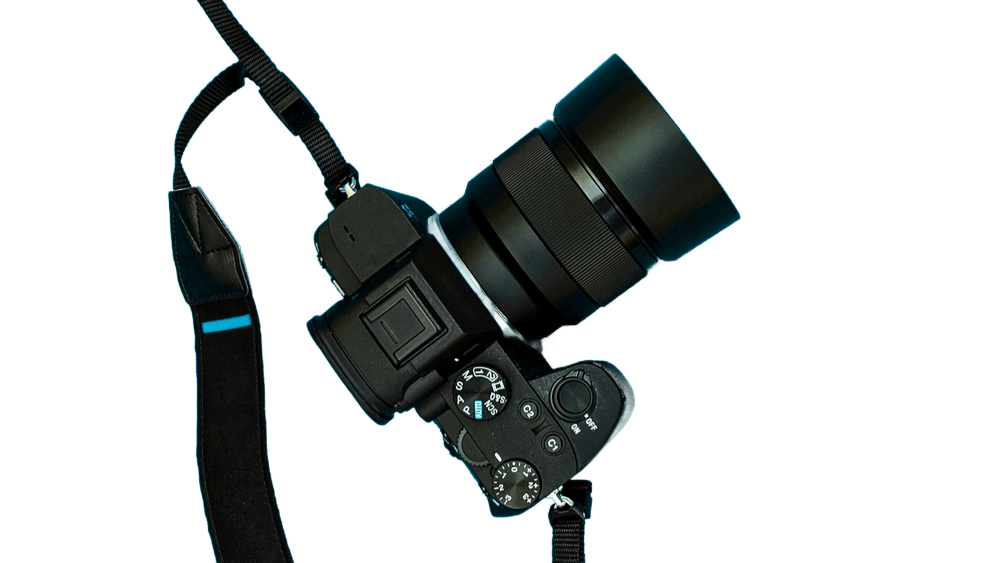
Your Smartphone: The Camera You Always Have with You
Got a smartphone? Congrats, you’ve already got a pretty decent camera in your pocket. Modern phone cameras can take amazing shots, especially in good light. Plus, they’re great for learning composition and basic editing.
Entry-Level Cameras: DSLRs and Mirrorless
If you’re ready to step up your game, consider an entry-level DSLR or mirrorless camera. Digital single lens reflex cameras, commonly known as DSLRs, offer versatility and customizability through interchangeable lenses and full manual controls, providing superior image quality with large image sensors, especially in low light conditions, though they can be bulky and complex for beginners. These give you more control over your shots and better image quality, especially in low light. Brands like Canon, Nikon, Sony, and Fujifilm all have great options for beginners.
Lenses: Your Camera’s Eyes
If you do go for a DSLR or mirrorless camera, the kit lens it comes with is fine to start with. As you progress, you might want to look into different lenses for specific types of photography.
Tripod: Steady Does It
A tripod isn’t essential right away, but it’s handy for certain types of shots. It keeps your camera steady for long exposures, night photography, and self-portraits.
Memory Cards: Don’t Run Out of Space
Get a couple of decent-sized memory cards. There’s nothing worse than running out of space in the middle of a shoot.
Understanding Your Camera: The Basics
Alright, you’ve got your gear. Now what? Let’s break down the key settings you need to know.
Exposure: Getting the Light Right
Exposure is all about how much light hits your camera’s sensor. Get it right, and your photos will be properly bright – not too dark, not too light.
Aperture: Controlling Depth of Field
Aperture is the size of the opening in your lens. A wider aperture (lower f-number) lets in more light and gives you a blurry background. A narrower aperture (higher f-number) keeps more of the scene in focus.
Shutter Speed: Freezing or Blurring Motion
Shutter speed controls how long your camera’s sensor is exposed to light. Fast shutter speeds freeze motion, while slow ones create motion blur.
ISO: Balancing Light Sensitivity
ISO determines how sensitive your camera is to light. Higher ISO lets you shoot in darker conditions but can add grain to your photos.
White Balance: Getting Colours Right
White balance helps ensure colours in your photos look natural, regardless of the lighting conditions.
Composition: Making Your Photos Look Good
Composition is how you arrange elements in your photo. It’s what separates snapshots from photographs.
Rule of Thirds: A Classic for a Reason
Imagine your frame divided into a 3×3 grid. Placing important elements along these lines or at their intersections often creates a pleasing composition.
Leading Lines: Guide the Eye
Look for lines in your scene – roads, fences, rivers – that can lead the viewer’s eye through the photo.
Symmetry and Patterns: Satisfying to the Eye
Humans love symmetry and patterns. Look for these in architecture, nature, or everyday objects.
Framing: Use the Environment
Use elements in the scene to create a natural frame around your subject. Think arches, windows, or tree branches.
Perspective: Get Low, Get High
Don’t just shoot from eye level. Get low to the ground or find a high vantage point for more interesting shots.
Lighting: The Photographer’s Best Friend
Light can make or break a photo. Understanding how to use it is key to improving your photography.
Natural Light: The Sun is Your Studio
Learn to work with natural light. The golden hours (just after sunrise and before sunset) are particularly flattering for most subjects.
Harsh Midday Sun: Not the Enemy
While midday sun can be challenging, it’s great for high-contrast shots and street photography.
Overcast Days: Nature’s Softbox
Cloudy days provide soft, even light that’s great for portraits and detail shots.
Low Light: Embrace the Mood
Don’t put your camera away when the sun goes down. Low light situations can create moody, atmospheric shots.
Focusing: Getting Sharp Images
Nothing ruins a photo quite like poor focus. Here’s how to keep things sharp.
Autofocus Modes: Let Your Camera Do the Work
Most cameras have several autofocus modes. Single-point AF is great for still subjects, while continuous AF works well for moving subjects. For a deeper understanding of these modes and to make the most out of your camera’s capabilities, it’s essential to consult the camera manual.
Manual Focus: Taking Control
Sometimes, especially in low light or for macro shots, manual focus is the way to go. It takes practice but can be very rewarding.
Focus Stacking: Everything in Focus
For landscapes or macro shots where you want everything in focus, try focus stacking. Take multiple shots focused at different distances and combine them in post-processing.
Shooting Modes: Finding the Right Balance
Your camera’s shooting modes can be a bit overwhelming at first. Let’s break them down.
Auto Mode: The Training Wheels
There’s no shame in using auto mode when you’re starting out. It lets you focus on composition while your camera handles the technical stuff.
Aperture Priority: Control Depth of Field
This mode lets you set the aperture while the camera adjusts shutter speed. Great for portraits or landscapes where you want to control how much of the scene is in focus.
Shutter Priority: Control Motion
In this mode, you set the shutter speed and the camera handles the rest. Use it for sports or wildlife photography where you need to freeze (or blur) motion.
Manual Mode: Full Control
Once you’re comfortable with exposure, manual mode gives you complete control over your camera’s settings.
Post-Processing: Polishing Your Photos
Post-processing is where you can really make your photos shine. Don’t worry, you don’t need to be a Photoshop wizard to get started. Investing in quality photo editing software, like Adobe Photoshop or Lightroom, is essential for post-processing and enhancing the overall quality of your photos.
Basic Adjustments: A Little Goes a Long Way
Start with basic adjustments like exposure, contrast, and saturation. Small tweaks can make a big difference.
Cropping: Refine Your Composition
Sometimes you don’t get the composition perfect in-camera. Cropping lets you adjust it afterwards.
Mobile Apps: Edit on the Go
Apps like Snapseed, VSCO, and Lightroom Mobile are great for editing photos right on your phone.
RAW vs JPEG: More Control in Post
If your camera supports it, shooting in RAW gives you more flexibility when editing. It’s a bit more work, but the results can be worth it.
Different Types of Photography: Find Your Niche
There are so many types of photography to explore. Here are a few popular ones to get you started.
Landscape Photography: Capturing Nature’s Beauty
From sweeping vistas to intimate scenes, landscape photography is all about showcasing the natural world.
Portrait Photography: Capturing People
Whether it’s formal portraits or candid shots, portrait photography is about capturing the essence of a person. For beginners, some useful portrait photography tips include using a wide aperture to create a pleasing shallow depth of field and focusing on the subject’s eyes to ensure sharpness.
Street Photography: Life as it Happens
Street photography is all about capturing everyday life in public places. It’s spontaneous, unpredictable, and often very rewarding.
Macro Photography: The World Up Close
Macro photography lets you explore the details of small subjects. It’s like discovering a whole new world.
Wildlife Photography: Capturing Nature in Action
Wildlife photography requires patience and often specialized gear, but the results can be spectacular.
Common Mistakes and How to Avoid Them
We all make mistakes when we’re learning. Here are some common ones to watch out for.
Mastering photography basics is essential to avoid these common mistakes.
Blurry Photos: Keep It Steady
Camera shake is a common cause of blurry photos. Use a faster shutter speed, stabilize your camera, or use a tripod.
Overexposure: Watch Those Highlights
It’s easier to recover detail from shadows than from blown-out highlights. If in doubt, slightly underexpose your shot.
Cluttered Backgrounds: Simplify
Pay attention to what’s behind your subject. A cluttered background can distract from your main subject.
Always Shooting at Eye Level: Change It Up
Don’t be afraid to get low or find a higher vantage point. Different perspectives can make your photos more interesting.
Not Backing Up: Protect Your Work
Always back up your photos. Hard drives fail, memory cards get lost. Don’t risk losing your precious images.
Practice Makes Perfect: Photography Projects to Try
The best way to improve your photography is to practice. Here are some fun projects to get you started.
Incorporating photography tips for beginners into these practice projects can provide valuable guidance and encouragement.
365 Project: A Photo a Day
Take and share one photo every day for a year. It’s a great way to develop a habit and see your progress over time.
Photo Walks: Explore Your Area
Go for a walk with the sole purpose of taking photos. You’ll be surprised at what you notice when you’re actively looking for photo opportunities.
Still Life: Control Every Aspect
Set up a still life scene at home. It’s a great way to practice composition and lighting without any time pressure.
Self-Portraits: You’re Always Available
Self-portraits aren’t just selfies. They’re a great way to practice portraiture when you don’t have a model handy.
Golden Hour Challenge: Chase the Light
Challenge yourself to shoot only during the golden hour (just after sunrise or before sunset) for a week.
Sharing Your Work: Getting Your Photos Out There
Taking photos is great, but sharing them can be even more rewarding.
Social Media: Instagram and Beyond
Instagram is the obvious choice for sharing photos, but don’t forget about other platforms like Flickr or 500px.
Prints: Photos in the Real World
There’s something special about seeing your photos printed. Try printing and framing your favourite shots.
Photo Books: Tell a Story
Create a photo book of your best shots or from a specific trip or project. It’s a great way to showcase your work.
Local Exhibitions: Go Public
Look for opportunities to exhibit your work locally. Cafes, libraries, and community centres often host exhibitions by local artists.
Continuous Learning: Keep Growing as a Photographer
Photography is a lifelong learning process. Here are some ways to keep improving.
Online Tutorials: A Wealth of Knowledge
There are tons of free tutorials on YouTube and photography websites. Take advantage of them.
Photography Books: In-Depth Learning
While online resources are great, don’t overlook photography books. They often provide more in-depth information.
Workshops and Courses: Hands-On Learning
Consider taking a photography workshop or course. Learning from an experienced photographer in person can be incredibly valuable.
Workshops and courses often feature professional photographers who share their expertise, provide feedback, and demonstrate advanced techniques, making them an excellent opportunity for beginners to improve their skills.
Photography Challenges: Push Your Boundaries
Participate in online photography challenges. They’re a great way to push yourself creatively and try new things.
Gear Maintenance: Taking Care of Your Equipment
Your camera gear is an investment. Here’s how to keep it in top shape.
Cleaning: Keep It Spotless
Regularly clean your camera and lenses. Dust and dirt can affect image quality and potentially damage your gear.
Storage: Protect When Not in Use
Store your gear in a dry place, preferably in a camera bag or case. Consider using silica gel packets to absorb moisture.
Firmware Updates: Stay Current
Keep your camera’s firmware up to date. Manufacturers often release updates that can improve performance or add new features.
Insurance: Better Safe Than Sorry
Consider insuring your gear, especially if you’ve invested in expensive equipment.
Ethics in Photography: Respect Your Subjects
As a photographer, you have certain ethical responsibilities. Here are a few key points to keep in mind.
Consent: Ask Before You Shoot
When photographing people, especially in close-up or private settings, always ask for permission.
Wildlife: Don’t Disturb
When photographing wildlife, respect their space. Never disturb animals or their habitats for the sake of a photo.
Cultural Sensitivity: Be Respectful
Be aware of and respect cultural norms when photographing in different countries or communities.
Photo Manipulation: Be Honest
If you heavily manipulate a photo, be transparent about it, especially in contexts where realism is expected.
Conclusion: Your Photography Journey Starts Now
And there you have it – a comprehensive guide to beginner photography techniques. Remember, photography is a journey, not a destination. Every photographer, no matter how experienced, is always learning and improving.
Don’t get too caught up in having the latest gear or mastering every technical aspect right away. The most important thing is to get out there and start shooting. Experiment, make mistakes, learn from them, and above all, have fun.
Your unique vision is what will make your photos stand out. So grab your camera (or your phone), head outside, and start capturing the world as you see it. Who knows? This might be the start of a lifelong passion.
Happy shooting, and remember – the best camera is the one you have with you. Now go out there and capture some amazing beginner photography techniques!
FAQs: Your Burning Photography Questions Answered
Q: Do I need an expensive camera to take good photos?
A: Not at all! While high-end gear can offer more features and potentially better image quality, it’s the photographer, not the camera, that makes a great photo. Many stunning images have been captured on smartphones or entry-level cameras. Focus on learning composition and lighting first. As you develop your skills, you’ll get a better sense of what gear might help you achieve your specific photography goals.
Q: How can I take better photos with my smartphone?
A: There’s a lot you can do to improve your smartphone photography:
- Learn to use your phone’s camera features like HDR, portrait mode, and night mode.
- Pay attention to composition and lighting.
- Use editing apps like Snapseed or VSCO to enhance your photos.
- Keep your lens clean.
- Use the AE/AF lock feature to set focus and exposure.
- Try using a small tripod for steadier shots.
- Experiment with different angles and perspectives. Remember, the best camera is the one you have with you!
Q: What’s the best time of day to take photos outdoors?
A: The “golden hours” – just after sunrise and before sunset – often provide beautiful, soft light that’s flattering for most subjects. But don’t limit yourself! Each time of day offers unique lighting conditions:
- Midday: Great for high-contrast shots and vibrant colours.
- Blue hour (just before sunrise or after sunset): Perfect for city scenes and landscapes.
- Overcast days: Ideal for portraits and nature photography due to soft, even light.
- Night: Exciting for astrophotography or light painting. Experiment with different times to see what works best for your style and subjects.
Q: How do I get that blurry background effect in my photos?
A: This effect, called bokeh, is achieved by using a wide aperture (low f-number). Here’s how:
- If your camera allows manual control, try using aperture priority mode and setting a low f-number (like f/1.8 or f/2.8).
- Use a lens with a wide maximum aperture.
- Increase the distance between your subject and the background.
- Get closer to your subject.
- Use a longer focal length. With smartphones, portrait mode often creates a similar effect using software. Remember, practice makes perfect!
Q: How can I take sharp photos in low light without a tripod?
A: Taking sharp photos in low light can be tricky, but here are some tips:
- Increase your ISO, but be mindful of noise.
- Use the widest aperture your lens allows.
- Try to steady yourself against a wall or other object.
- Use burst mode and take multiple shots.
- If your camera or lens has image stabilization, make sure it’s turned on.
- Use faster shutter speeds when possible (1/focal length is a good rule of thumb).
- Consider using your camera’s night mode if available.
- Practice proper hand-holding technique: tuck your elbows, hold your breath when shooting.
Q: What’s the best way to back up my photos?
A: Follow the 3-2-1 rule: Have 3 copies of your data, on 2 different types of storage, with 1 copy off-site. This could mean:
- Copy 1: On your computer’s hard drive.
- Copy 2: On an external hard drive or NAS (Network Attached Storage).
- Copy 3: On a cloud storage service like Google Photos, iCloud, or Amazon Photos. Regularly update your backups and test them to ensure you can recover your photos if needed. Remember, no single storage solution is 100% fail-safe, so diversifying is key.
Q: How do I know which lens to use?
A: It depends on what you’re shooting. Here’s a quick guide:
- Wide-angle lenses (e.g., 24mm): Great for landscapes, architecture, and environmental portraits.
- Standard lenses (e.g., 50mm): Versatile for everyday shots, street photography, and portraits.
- Telephoto lenses (e.g., 200mm): Ideal for wildlife, sports photography, and candid shots.
- Macro lenses: Perfect for close-up shots of small subjects. Experiment with different focal lengths to see what suits your style. Remember, zoom with your feet first – changing your position can often give you the composition you want without changing lenses.
Q: Is it worth shooting in RAW?
A: If you plan to edit your photos, yes. RAW files offer several advantages:
- They contain more data, giving you more flexibility in post-processing.
- Better for adjusting white balance and exposure after the shot.
- Higher quality for prints. However, RAW files also:
- Take up more storage space.
- Require processing before sharing.
- Might slow down your camera’s burst mode. If you’re just starting out, it’s okay to stick with JPEG while you learn. As you get more comfortable with editing, try shooting in RAW+JPEG to get the best of both worlds.
Q: How can I make money from my photography?
A: There are many ways to monetize your photography skills:
- Selling prints or digital downloads
- Stock photography
- Portrait or event photography
- Real estate or product photography
- Teaching workshops or online courses
- Creating photography-related content for blogs or YouTube
- Licensing photos for commercial use Start by building a strong portfolio and networking within the photography community. Consider specializing in a niche to stand out. Remember, turning a hobby into a business takes time and effort, so be patient and persistent.
Q: How do I develop my own style as a photographer?
A: Developing your style is a journey. Here are some tips:
- Shoot regularly and experiment with different subjects and techniques.
- Study the work of photographers you admire, but don’t just copy them.
- Pay attention to what consistently draws your eye.
- Experiment with different post-processing techniques.
- Don’t be afraid to break the “rules” of composition.
- Reflect on the emotions or messages you want to convey through your photos.
- Be patient – style develops over time as you gain experience. Remember, your style will likely evolve as you grow as a photographer, and that’s okay!
Q: What’s the difference between full-frame and crop sensor cameras?
A: The main differences are:
- Sensor size: Full-frame sensors are larger, matching the size of 35mm film.
- Field of view: Crop sensors have a narrower field of view for the same focal length.
- Low-light performance: Full-frame cameras generally perform better in low light.
- Depth of field: It’s easier to achieve a shallow depth of field with full-frame cameras.
- Price: Full-frame cameras and lenses are typically more expensive. For beginners, a crop sensor camera is usually more than sufficient. As you advance, you can decide if the benefits of full-frame are worth the investment for your photography.
Q: How important is post-processing in photography?
A: Post-processing is an integral part of digital photography, but its importance depends on your goals:
- It can help correct issues like exposure and white balance.
- It allows you to enhance colours and contrast to match your vision.
- Advanced techniques can completely transform an image. However, it’s important to get as much right in-camera as possible. Post-processing should enhance a good photo, not try to fix a bad one. Start with basic adjustments and gradually learn more advanced techniques as you grow.
Q: How can I take better portraits?
A: Here are some tips for improving your portrait photography:
- Focus on the eyes and get them sharp.
- Use a wide aperture for a blurred background (but make sure the whole face is in focus).
- Pay attention to the light – soft, diffused light is usually flattering.
- Experiment with different poses and expressions.
- Communicate with your subject to make them comfortable.
- Consider the background and what it adds to the image.
- Try different angles – don’t always shoot at eye level. Remember, great portraits often reveal something about the subject’s personality, so take time to connect with the person you’re photographing.
Q: What camera settings should I use for landscape photography?
A: While settings can vary depending on the specific scene, here are some general guidelines:
- Use a small aperture (high f-number) for a wide depth of field (e.g., f/8 to f/11).
- Keep ISO low for minimal noise (e.g., ISO 100 or 200).
- Use a tripod to allow for slower shutter speeds if needed.
- Consider using graduated filters for bright skies.
- Try bracketing exposures for high-contrast scenes.
- Use your camera’s histogram to ensure you’re capturing all the details. Remember, these are just starting points. Don’t be afraid to experiment and adjust based on your creative vision and the specific conditions you’re shooting in.
Q: How can I improve my composition skills?
A: Composition is key to creating compelling images. Here are some tips:
- Practice the rule of thirds, but don’t be afraid to break it.
- Look for leading lines that guide the viewer’s eye.
- Pay attention to the edges of your frame – avoid accidental distractions.
- Experiment with different perspectives – get low, climb high, or try unusual angles.
- Use framing elements within the scene to draw attention to your subject.
- Consider the balance of elements in your image.
- Try simplifying your compositions – sometimes less is more.
- Study the work of master photographers and try to understand why their compositions work. The more you practice, the more intuitive good composition will become.
Q: What’s the best way to learn photography?
A: Learning photography is a continuous process. Here are some effective ways to improve:
- Practice regularly – try to take photos every day.
- Read photography books and online tutorials.
- Watch YouTube videos on photography techniques.
- Take a local photography class or workshop.
- Join a photography club or online community.
- Participate in photo challenges to push your boundaries.
- Analyse photos you like and try to figure out how they were made.
- Experiment with different genres and techniques.
- Get feedback on your work from other photographers. Remember, the key is to combine learning with lots of hands-on practice. Don’t be afraid to make mistakes – they’re a crucial part of the learning process.
Remember, photography is a journey of continuous learning and improvement. Keep practicing, stay curious, and most importantly, enjoy the process of capturing the world through your unique perspective. Happy shooting!


